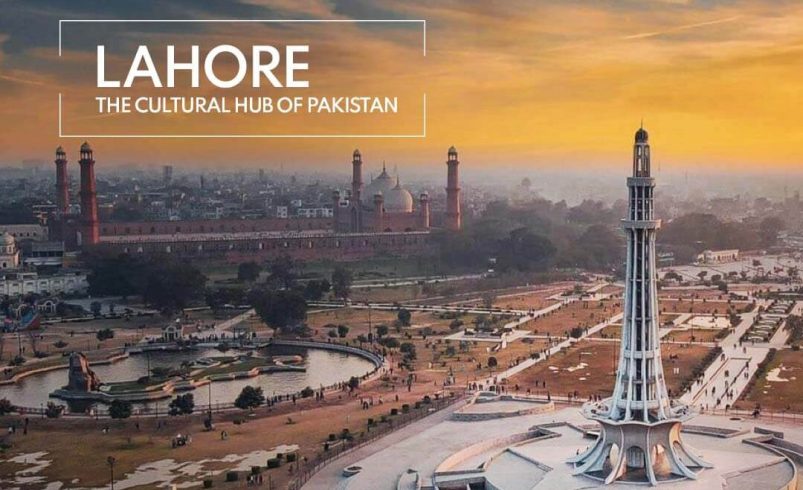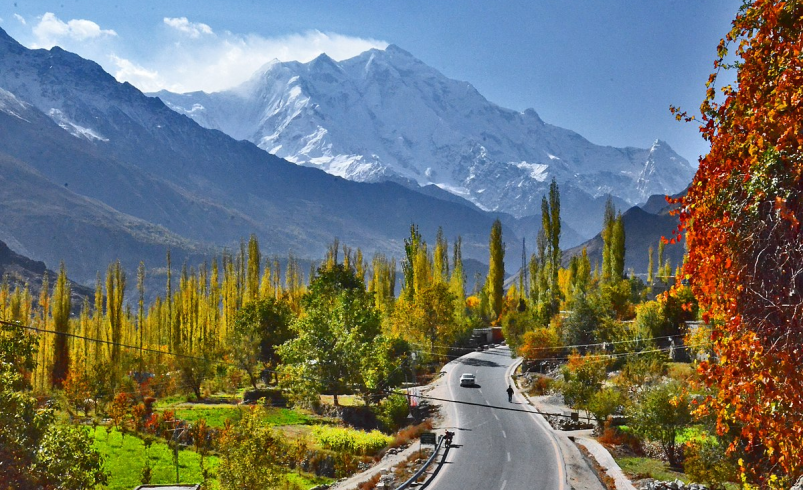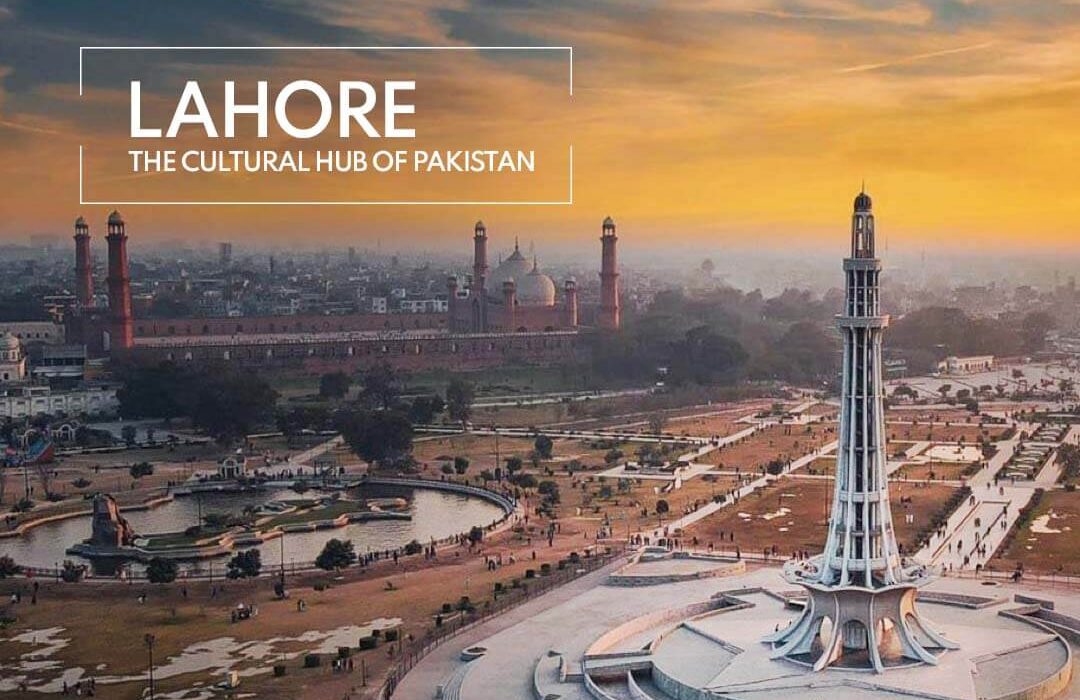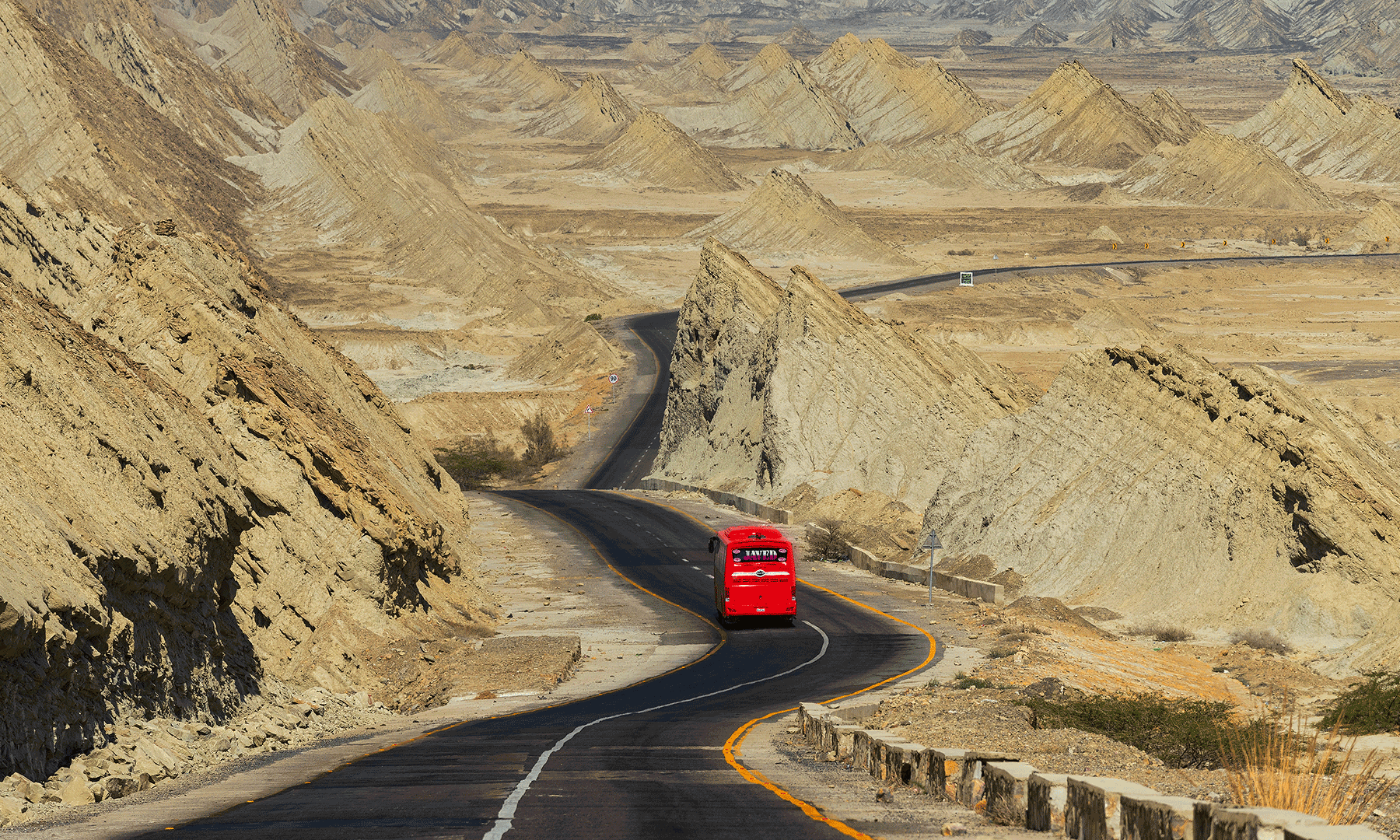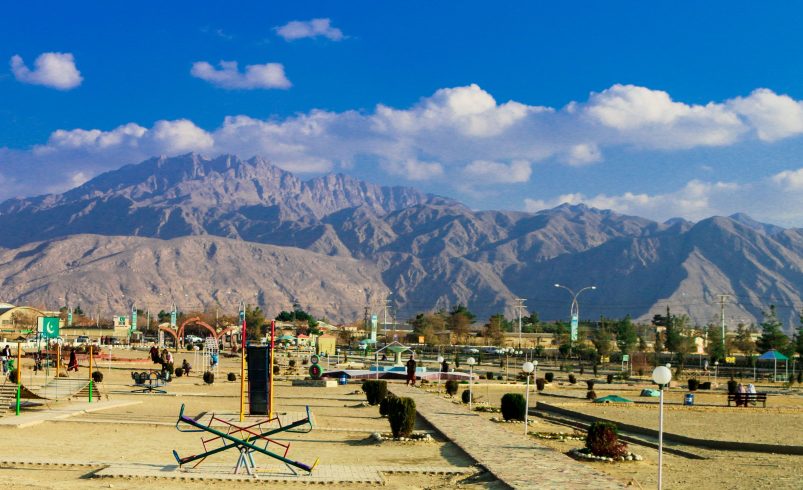
- November 7, 2024
Introduction
Nestled in the heart of Balochistan, Quetta is often overshadowed by Pakistan’s more famous tourist destinations. However, this vibrant city, surrounded by rugged mountains, offers breathtaking landscapes, a rich cultural heritage, and numerous attractions waiting to be explored. From serene lakes to bustling bazaars, Quetta tourism is a hidden treasure for travelers looking for an off-the-beaten-path adventure.
History
Quetta, known as the “Fruit Garden of Pakistan,” has a deep-rooted history dating back centuries. Once a major trade route connecting the Indian subcontinent with Afghanistan and Iran, it has seen influences from various civilizations, including the Persians, Mughals, and British. The 1935 earthquake devastated much of the city, but Quetta’s resilience has allowed it to rebuild and thrive.
Cultural Heritage
Quetta boasts a rich cultural tapestry with influences from Pashtun, Baloch, and Hazara communities. Traditional crafts, music, and local festivals reflect the city’s diversity. The Balochistan Arts Council showcases regional art and crafts, while the city’s bazaars offer a glimpse into the daily lives of its people.
Best Time to Visit
- Spring (March-May): Ideal for sightseeing with pleasant weather.
- Summer (June-August): Cooler than most of Pakistan, making it a great summer escape.
- Autumn (September-November): Perfect for trekking and outdoor activities.
- Winter (December-February): Experience snowfall and enjoy winter festivities.
How to Reach
- By Air: Quetta International Airport connects with major cities like Karachi, Lahore, and Islamabad.
- By Road: Well-connected via highways; buses and private cars offer comfortable travel options.
- By Train: The Quetta Railway Station is one of Pakistan’s oldest railway hubs.
Top Places to Visit in Quetta
Hanna Lake
A picturesque lake surrounded by hills, perfect for a relaxing getaway.
- Location: Near Urak Valley, 14 km from Quetta city.
- Nearby Places: Urak Valley (5 km), Hazarganji-Chiltan National Park (10 km)
- Key Attractions: Boating, picnic spots, stunning views.
- Best Time to Visit: Spring and summer for pleasant weather.
- Activities to Do: Boating, hiking, photography.
- Cultural Significance: A historical lake with British-era origins.
Urak Valley
A lush green valley known for its fruit orchards and scenic beauty.
- Location: 22 km from Quetta.
- Nearby Places: Hanna Lake (5 km), Hazarganji-Chiltan National Park (8 km)
- Key Attractions: Waterfalls, fruit orchards, serene landscapes.
- Best Time to Visit: Spring and summer for blooming flowers and fresh air.
- Activities to Do: Hiking, nature photography, picnic.
- Cultural Significance: Famous for its apple and cherry orchards.
Hazarganji-Chiltan National Park
A protected wildlife reserve home to the endangered Chiltan Markhor.
- Location: 20 km from Quetta city.
- Nearby Places: Hanna Lake (10 km), Urak Valley (8 km)
- Key Attractions: Wildlife, trekking trails, stunning landscapes.
- Best Time to Visit: Spring and autumn for moderate weather.
- Activities to Do: Wildlife spotting, trekking, photography.
- Cultural Significance: Important for conservation efforts in Balochistan.
Quetta Archaeological Museum
A museum showcasing ancient artifacts and the history of Balochistan.
- Location: Inside Quetta city.
- Nearby Places: Balochistan Arts Council (2 km), Liaquat Bazaar (3 km)
- Key Attractions: Ancient pottery, relics, cultural exhibits.
- Best Time to Visit: Year-round.
- Activities to Do: Historical exploration, learning about local heritage.
- Cultural Significance: Houses relics from Mehrgarh, one of the earliest civilizations.
Balochistan Arts Council
A hub for local artists showcasing Balochi culture and craftsmanship.
- Location: In the heart of Quetta city.
- Nearby Places: Quetta Archaeological Museum (2 km), Suraj Ganj Bazaar (1.5 km)
- Key Attractions: Art exhibitions, cultural performances.
- Best Time to Visit: Year-round.
- Activities to Do: Exploring Balochi art, attending cultural events.
- Cultural Significance: Promotes and preserves Balochistani arts and traditions.
Askari Park
A family-friendly amusement park with rides and entertainment.
- Location: Near Airport Road, Quetta.
- Nearby Places: Ayub Stadium (2 km), Liaquat Bazaar (3 km)
- Key Attractions: Ferris wheel, bumper cars, greenery.
- Best Time to Visit: Evening time, weekends.
- Activities to Do: Family outings, amusement rides, food stalls.
- Cultural Significance: A popular recreational spot for locals.
Liaquat Bazaar
A bustling market known for traditional Balochi handicrafts and fabrics.
- Location: Central Quetta.
- Nearby Places: Suraj Ganj Bazaar (1 km), Prince Road (1.5 km)
- Key Attractions: Handicrafts, traditional dresses, dry fruits.
- Best Time to Visit: Evening hours for a lively atmosphere.
- Activities to Do: Shopping, trying local street food.
- Cultural Significance: A hub for local craftsmanship and trade.
Suraj Ganj Bazaar
A vibrant shopping area with an array of local goods and fabrics.
- Location: Adjacent to Liaquat Bazaar, Quetta.
- Nearby Places: Prince Road (1 km), Metropolitan Corporation Building (1.5 km)
- Key Attractions: Balochi embroidery, woolen products, jewelry.
- Best Time to Visit: Late afternoon and evening.
- Activities to Do: Bargain shopping, experiencing local commerce.
- Cultural Significance: Represents Quetta’s traditional trading culture.
Prince Road
A well-known food street offering authentic Balochi cuisine.
- Location: Central Quetta, near major commercial areas.
- Nearby Places: Liaquat Bazaar (1.5 km), Quetta Serena Hotel (2 km)
- Key Attractions: Sajji, Karahi, Balochi Tikka.
- Best Time to Visit: Evening for dinner outings.
- Activities to Do: Dining, exploring local flavors.
- Cultural Significance: A hotspot for authentic local cuisine.
Quetta Serena Hotel
A luxurious hotel showcasing elegant architecture and fine dining.
- Location: Central Quetta.
- Nearby Places: Prince Road (2 km), Ayub Stadium (3 km)
- Key Attractions: Traditional Balochi architecture, fine dining.
- Best Time to Visit: Any time of the year.
- Activities to Do: Dining, experiencing luxury hospitality.
- Cultural Significance: A blend of modern and traditional Balochi elements.
Science College
A historic educational institution known for its colonial-era architecture.
- Location: Quetta city.
- Nearby Places: Command and Staff College (2 km), Metropolitan Corporation Building (3 km)
- Key Attractions: Beautiful campus, historic buildings.
- Best Time to Visit: Academic seasons for student interactions.
- Activities to Do: Sightseeing, learning about Quetta’s education system.
- Cultural Significance: One of the oldest educational institutes in Quetta.
Command and Staff College
A prestigious military academy offering scenic views.
- Location: Outside Quetta city.
- Nearby Places: Science College (2 km), Quetta Railway Station (3 km)
- Key Attractions: Historical significance, strategic importance.
- Best Time to Visit: Limited access, viewable from the outside.
- Activities to Do: Photography from outside.
- Cultural Significance: A key training center for Pakistan’s armed forces.
Metropolitan Corporation Building
A historical government building reflecting British-era architecture.
- Location: Central Quetta.
- Nearby Places: Quetta Railway Station (1 km), Ayub Stadium (2 km)
- Key Attractions: Architectural beauty, historical significance.
- Best Time to Visit: Office hours for exterior view.
- Activities to Do: Sightseeing, photography.
- Cultural Significance: Represents colonial administrative structures in Quetta.
Quetta Railway Station
One of Pakistan’s oldest railway stations with historical significance.
- Location: Quetta city.
- Nearby Places: Metropolitan Corporation Building (1 km), Ayub Stadium (2 km)
- Key Attractions: Vintage railway infrastructure, historical value.
- Best Time to Visit: Daytime.
- Activities to Do: Exploring historical railway setup.
- Cultural Significance: Played a crucial role in Balochistan’s transportation history.
Ayub Stadium and Sports Complex
A multi-purpose sports complex hosting various local and national events.
- Location: Near Quetta Serena Hotel.
- Nearby Places: Askari Park (2 km), Quetta Serena Hotel (3 km)
- Key Attractions: Cricket stadium, athletic tracks.
- Best Time to Visit: During sports events.
- Activities to Do: Watching matches, jogging, sports training.
- Cultural Significance: A hub for sports activities in Balochistan.
Activities to Do in Quetta
- Hiking & Trekking in the surrounding mountains
- Boating & Picnicking at Hanna Lake
- Exploring Cultural Heritage at museums and historical sites
- Shopping for traditional crafts in the bazaars
- Savoring Local Cuisine like Balochi Sajji and Chapli Kebabs
Where to Stay
- Luxury: Quetta Serena Hotel
- Mid-Range: Bloom Star Hotel
- Budget: Zulfiqar Hotel
What to Eat
- Balochi Sajji – Traditional roasted lamb
- Chapli Kebabs – Famous Pashtun dish
- Rosh – Slow-cooked meat stew
- Shinwari Karahi – Spicy meat dish
Estimated Costs (PKR)
- Accommodation: 5,000 – 25,000 per night
- Food: 500 – 3,000 per meal
- Transport: 2,000 – 10,000 (round trip from Islamabad)
- Activities: 500 – 5,000
Suggested Itinerary (From Islamabad)
Travel from Islamabad to Quetta – Day 1
- Depart from Islamabad via flight (1.5 hours) or by train (24 hours).
- Check into a hotel in Quetta (e.g., Quetta Serena Hotel).
- Evening walk at Prince Road to explore local food.
Explore Natural Beauty – Day 2
- Visit Hanna Lake for boating and scenic views.
- Explore Urak Valley and enjoy the lush greenery and waterfalls.
- Lunch at a local restaurant near Hanna Lake.
- Visit Hazarganji-Chiltan National Park for wildlife exploration.
- Return to hotel for overnight stay.
Cultural and Historical Tour – Day 3
- Visit Quetta Archaeological Museum to explore historical artifacts.
- Explore Balochistan Arts Council to witness local art and crafts.
- Lunch at Quetta Serena Hotel (architecture & fine dining).
- Visit Science College and Command and Staff College (view from outside).
- Explore Metropolitan Corporation Building and its historical significance.
- Dinner at local eateries on Prince Road.
Shopping & Leisure Activities – Day 4
- Visit Liaquat Bazaar and Suraj Ganj Bazaar for local shopping.
- Enjoy recreational activities at Askari Park.
- Lunch at a local Balochi restaurant.
- Visit Quetta Railway Station to learn about its historic significance.
- Explore Ayub Stadium and Sports Complex.
- Return to hotel and rest.
Return to Islamabad – Day 5
- Early morning breakfast and check-out from the hotel.
- Departure via flight/train back to Islamabad.
- End of trip.
Travel Packing Checklist
- Warm clothes (in winter)
- Comfortable hiking shoes
- Sunscreen & sunglasses
- First-aid kit
Emergency Contacts
- Rescue 1122
- Quetta Police: 15
- Hospital: Civil Hospital Quetta (+92 81 9201372)
Travel Tips
- Carry cash, as ATMs may not be available everywhere
- Dress modestly to respect local customs
- Learn a few Pashto & Balochi phrases
FAQs
1. What is the best time to visit Quetta?
The best time to visit Quetta is during spring (March to May) and autumn (September to November) when the weather is pleasant, and nature is at its best.
2. How can I travel to Quetta from Islamabad?
You can reach Quetta via flight (1.5 hours), train (24 hours), or bus (12-14 hours) from Islamabad. Flights are the quickest option, while trains and buses are budget-friendly.
3. Are there any historical sites in Quetta?
Yes, Quetta has several historical sites like the Metropolitan Corporation Building, Quetta Railway Station, and Command and Staff College (view from outside).
4. What are the must-visit places in Quetta?
Some must-visit places include Hanna Lake, Urak Valley, Hazarganji-Chiltan National Park, Quetta Archaeological Museum, and Balochistan Arts Council.
5. Is Quetta safe for tourists?
Generally, Quetta is safe for tourists, but it’s advisable to stay updated on local travel advisories, avoid remote areas at night, and always travel with a local guide.
6. What are the best local foods to try in Quetta?
You must try Balochi Sajji, Kaak (Balochi bread), Landi, and Pulao. Prince Road is a great place to explore local food.
7. Where can I go shopping in Quetta?
The best places for shopping are Liaquat Bazaar and Suraj Ganj Bazaar, where you can find traditional handicrafts, dry fruits, and local fabrics.
8. What adventure activities can I do in Quetta?
You can enjoy boating at Hanna Lake, hiking in Hazarganji-Chiltan National Park, and exploring the natural beauty of Urak Valley.
9. What type of accommodations are available in Quetta?
Quetta offers a range of accommodations, from luxury hotels like Quetta Serena Hotel to budget-friendly guest houses and motels.
10. How much does a trip to Quetta cost?
A 5-day trip to Quetta can cost anywhere between PKR 30,000 to 80,000, depending on travel mode, accommodation, and activities.
11. Are there any local events or festivals in Quetta?
Yes, Balochi Cultural Day and various tribal festivals showcase the rich heritage of Quetta and Balochistan.
12. Can foreigners visit Quetta?
Yes, but foreigners may require special permits to visit certain areas in Balochistan. It’s best to check with local authorities before traveling.
13. What is the climate like in Quetta?
Quetta experiences a semi-arid climate, with hot summers, cold winters, and moderate rainfall in spring.
14. What are some family-friendly activities in Quetta?
Families can visit Askari Park, enjoy a picnic at Hanna Lake, and explore the Quetta Archaeological Museum.
15. What are the emergency contacts in Quetta?
Important emergency contacts include:
- Police: 15
- Ambulance: 1122
- Fire Brigade: 16
- Hospitals: Civil Hospital, Bolan Medical Complex
16. What should I pack for a trip to Quetta?
Depending on the season, pack warm clothes in winter, comfortable walking shoes, sunscreen, and a hat for summer trips.
17. What cultural norms should I be aware of when visiting Quetta?
Respect local traditions by dressing modestly, avoiding public displays of affection, and being mindful of local customs.
18. Can I find ATMs and banks in Quetta?
Yes, Quetta has several banks and ATMs, but it’s advisable to carry some cash as card payments may not be accepted everywhere.
19. What are the best modes of transport within Quetta?
You can use local taxis, rickshaws, and rental cars to move around the city. Public buses are available but not very frequent.
20. What are some nearby places to explore from Quetta?
Nearby attractions include Ziarat (120 km), Khojak Pass (120 km), and Chaman (130 km, border town with Afghanistan), offering great sightseeing experiences.
Conclusion
Quetta, often regarded as the “Fruit Garden of Pakistan,” is a city rich in history, culture, and natural beauty. From the serene Hanna Lake to the vibrant Liaquat Bazaar, this hidden gem offers a diverse experience for travelers. Whether you’re interested in exploring historical landmarks, enjoying scenic landscapes, or indulging in traditional Balochi cuisine, Quetta has something for everyone.
With its mild climate, welcoming locals, and unique attractions, Quetta is an ideal destination for those looking to explore Pakistan beyond the mainstream tourist spots. By following the travel tips, itinerary, and safety guidelines, you can ensure a smooth and memorable journey to this underrated yet fascinating city. If you’re seeking an off-the-beaten-path adventure, Quetta should definitely be on your travel bucket list!


